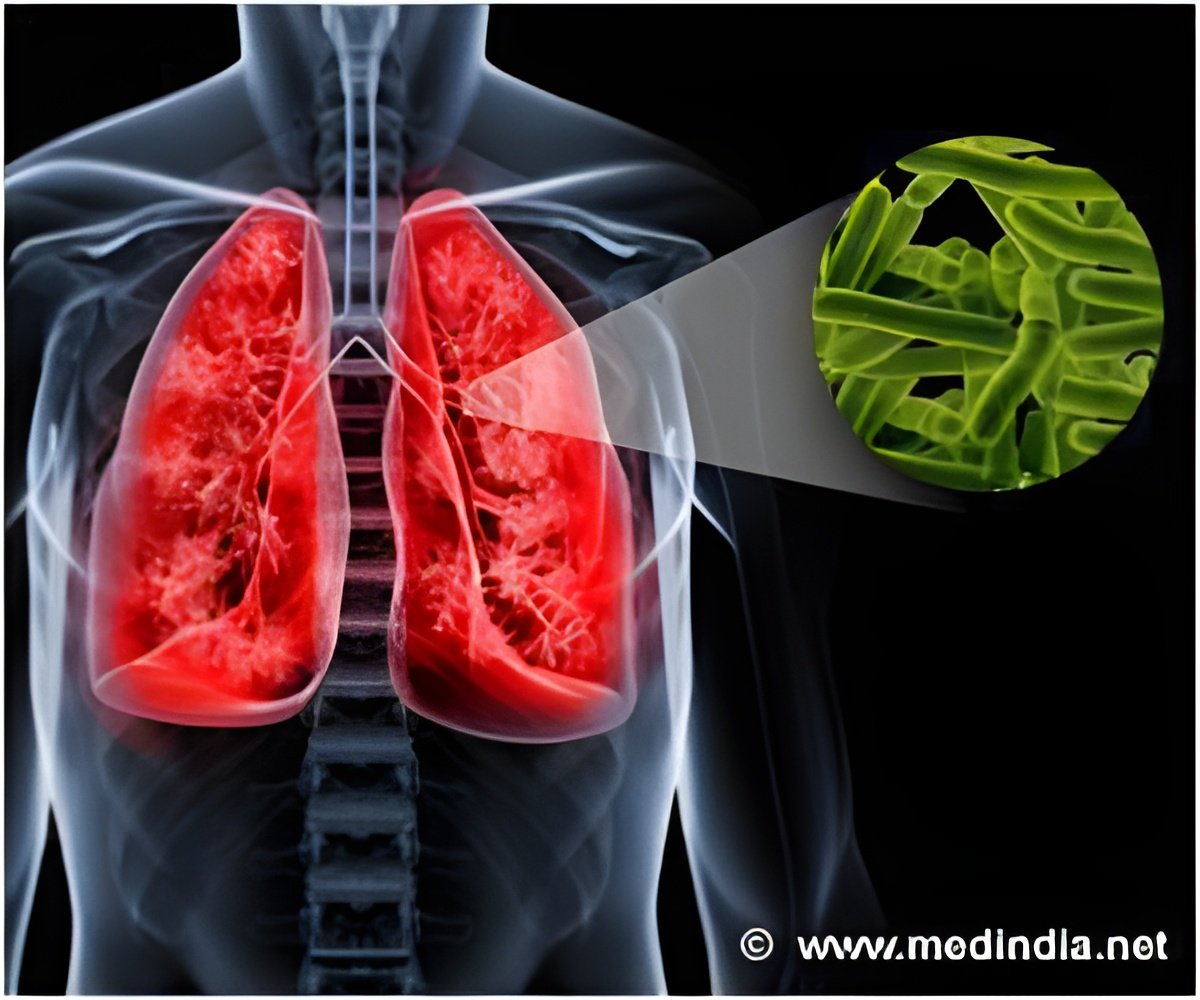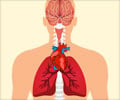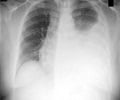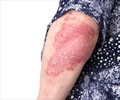The Lancet is reporting that China has more than halved its tuberculosis rate in 20 years by scaling up steps to ensure patients take their antibiotics.

A study attributes the success to China broadening access to a treatment called DOTS (for directly observed therapy, short-course) which entails healthworkers meticulously supervising patients until they complete a course of antibiotics to kill the TB germ.
The microbe can thrive if a patient stops taking the drug too early, leaving behind a small colony of germs that can become antibiotic resistant and be transmitted to other people.
"Huge improvements in TB treatment, driven by a major shift in treatment from hospitals to local public health centres implementing the DOTS strategy, were largely responsible for this success," said study leader Yu Wang from the Chinese Centre for Disease Control and Prevention (CDC) in Beijing.
During the 1990s, the DOTS programme expanded rapidly in China, from covering half of its population to all of it by 2000.
Source-AFP














